What is ATRX?
To understand what ATRX is we need first to think about DNA.
DNA is the genetic material that carries the blueprint for how we are put together. It is like a long filament comprising four building blocks A,C,G and T the order of which makes up a code.

Within this code are the instructions for the blueprint which are called genes. The genes encode proteins which carry out essential structural and functional roles in our cells.
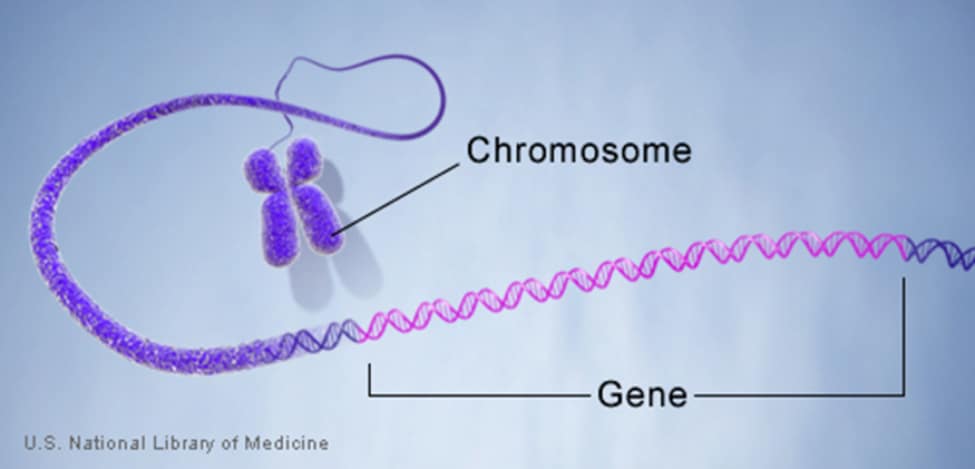
The body has different types of cells, such as those in muscle cells that allow them to contact, and blood cells. Some genes called housekeeping genes are expressed in all cell types, others are only expressed in specific cells such as those that make up the apparatus in muscle cells that allow them to Contract.

DNA not only contains important genetic information but is designed so that when a cell divides into two daughter cells, copies of the information are accurately made by a process called DNA replication and transferred to the new cells.

DNA does not exist in the cell as a naked filament but is instead associated with structures called nucleosomes which act as bobbins around which DNA is wrapped two times. The DNA and nucleosomes together are termed chromatin and under the microscope look like beads on a string. The nucleosomes are composed of subunits called histones. In the absence of nucleosomes the DNA is fragile and prone to damage where the filament is broken or the naked DNA may get tangled into knots. The chromatin is densely packed in regions where the genes are silent and more loosely packed where the genes are expressed.
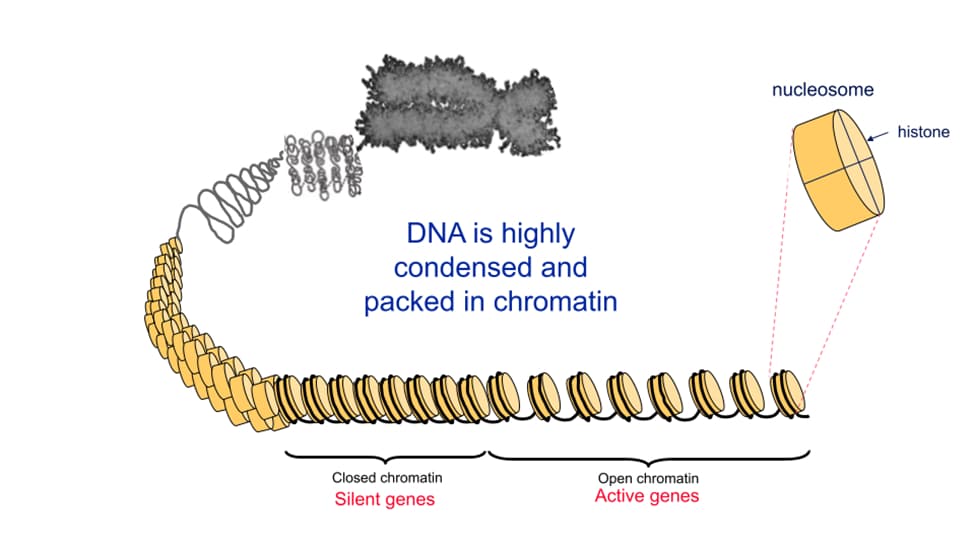
The packing of chromatin is determined by modifications to the histones – this extra layer of information is called the epigenetic code.
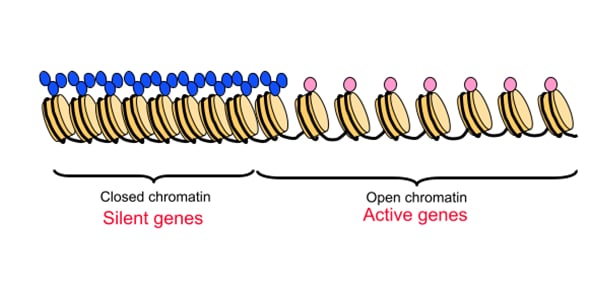
However, to read the information from DNA, to make a copy of it or repair it the nucleosomes need to be cleared out of the way and then replaced after these processes have been completed so that the integrity of the DNA can be preserved and the cell can remember which genes are meant to be active or silent.
ATRX is a molecular motor (Chromatin Remodeler, a Protein Coding gene) which helps maintain the chromatin by replacing histones when these are lost.
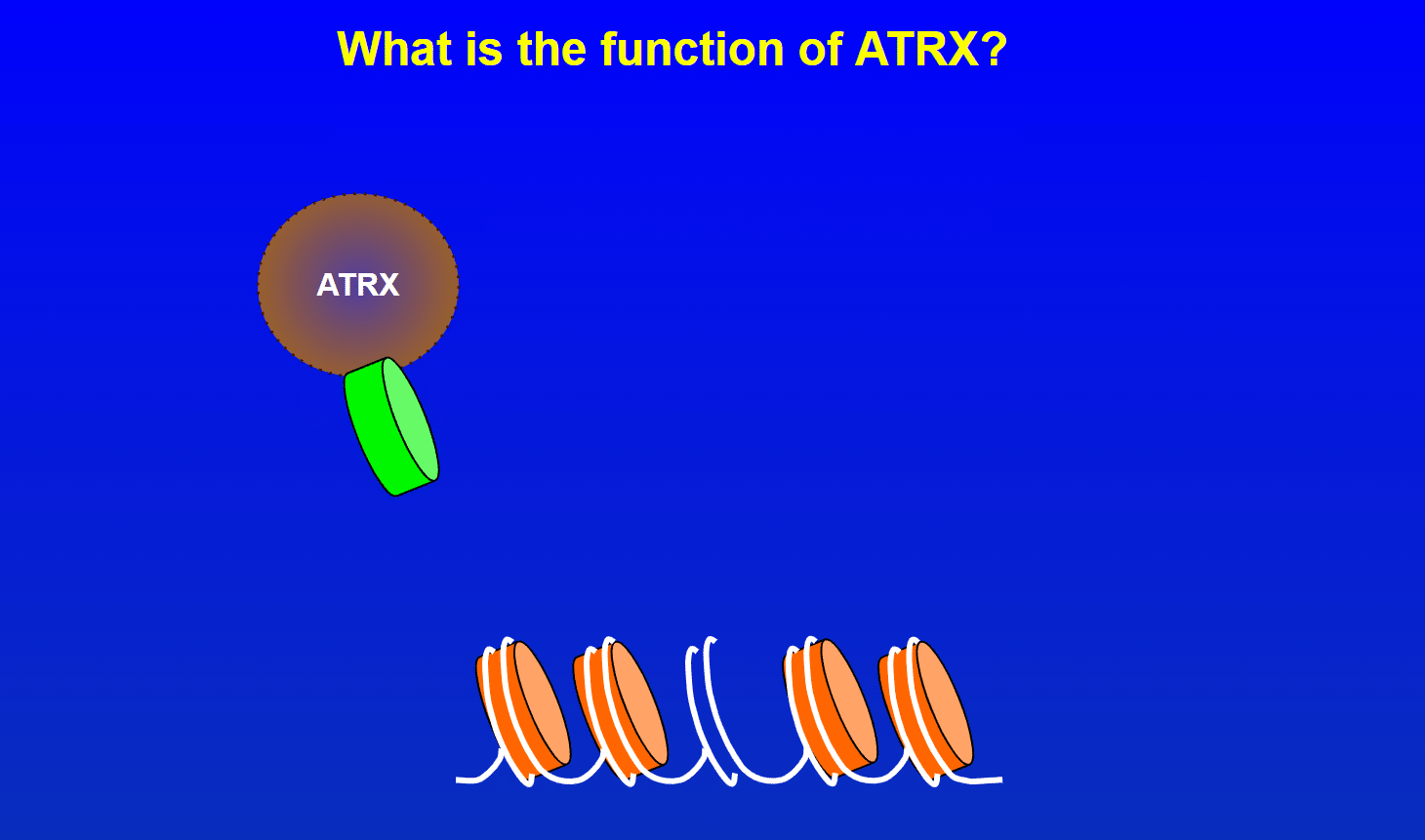
How does ATR-X Syndrome come about?
When there is an alteration in the ATRX gene the ATRX protein no longer performs its function properly and this has many consequences. The cells have difficulty replicating DNA, repairing DNA damage and expressing the information in genes. This can affect many different cell types and this helps explain why so many different systems are affected in children who have ATR-X syndrome.
Common features of ATR-X syndrome
ATR-X syndrome can be recognised as a distinct disorder because of the constellation of clinical features that are commonly observed and which suggests that certain processes are affected in a similar way in different children. Many children have characteristic craniofacial appearance with small head size, increased space between the eyes, small triangular nose, tented upper lip, and open mouth. The most common features of ATR-X syndrome are developmental delay and intellectual disability. Abnormalities in gut motility occur frequently and can lead to regurgitation or drooling, constipation and an increased risk of the bowel becoming twisted. Many children have abnormalities in genital development and this may manifest as undescended testes, hypospadias, small penis, and in very rare cases, female appearing genitalia.
Some children have signs of anemia, called alpha thalassemia which is due to them not making enough of one of the components of the blood pigment hemoglobin. This anemia is usually mild and does not require treatment but can help establish the diagnosis in affected individuals.

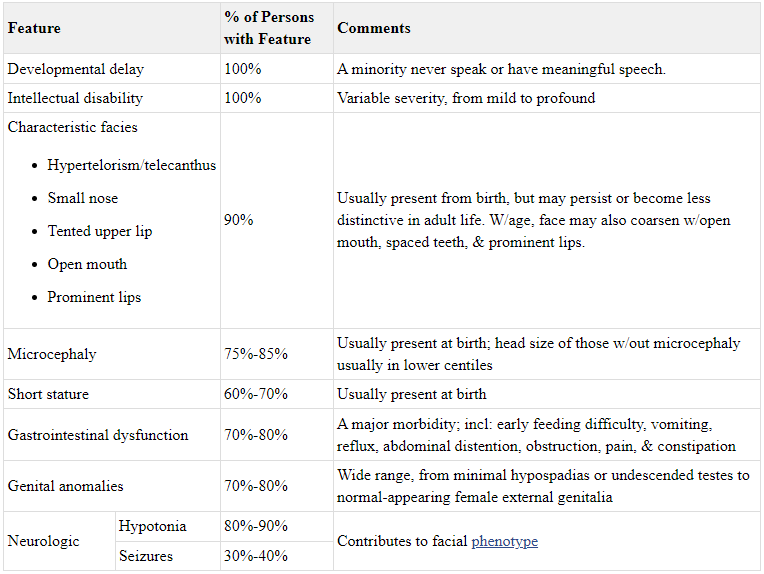
Reference: https://www.ncbi.nlm.nih.gov/books/NBK1449/
How is ATR-X syndrome inherited?
The ATRX gene lies on the X chromosome. Females have two X chromosomes (XX) and males have one X chromosome and a Y chromosome (XY). Males inherit their X chromosome from their mother and their Y chromosome from the father. In around 85% of cases a boy with ATR-X syndrome will have inherited the ATRX alteration from his mother; in the other 15% of cases will have arisen anew in the child (de novo).
The mother, though a carrier for an ATRX alteration, is unaffected and it is very rare for females to develop ATR-X syndrome, this is due to carrier females having a normal copy of the ATRX gene which they are able to use.
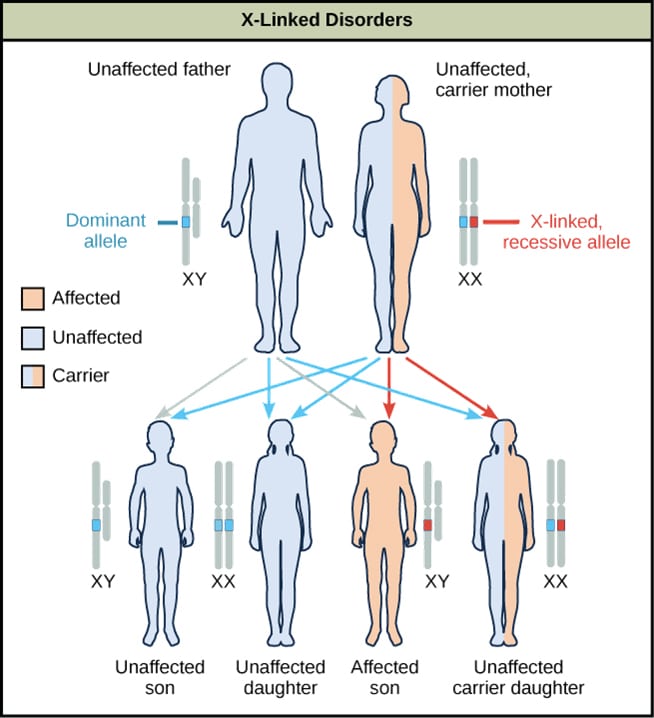
How is ATR-X syndrome diagnosed?
Doctors with experience in genetic disorders may recognize or suspect the syndrome in an affected boy from the facial appearance and the other features of the condition. They may test for the condition in three ways:
- Recognition of the features in a clinical examination
- The ATRX gene is sequence and an alteration is identified
- There may be changes in a modification of the DNA called methylation which is characteristic for ATR-X syndrome.
- Detection of HgH inclusions in red blood cells

If you have received an ATRX diagnosis, feel free to email Dr. Richard Gibbons, our leading expert, at: richard.gibbons@ndcls.ox.ac.uk to help with any questions that you may have regarding the diagnosis.
